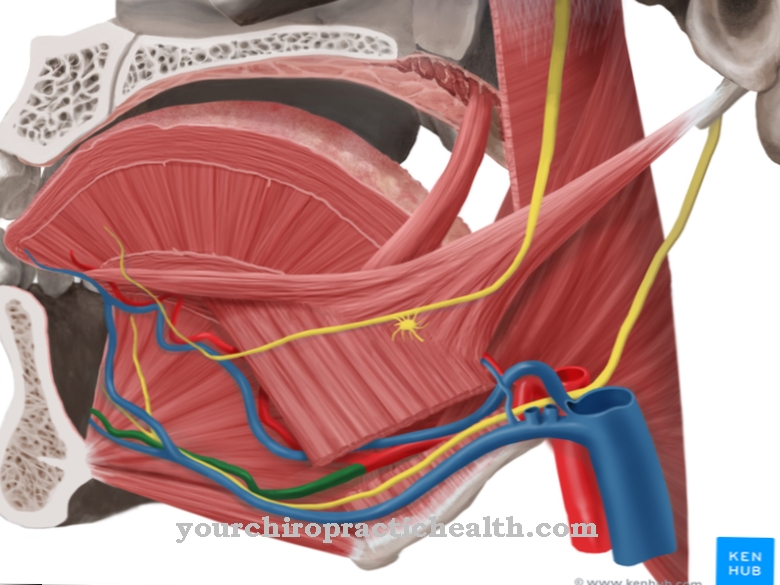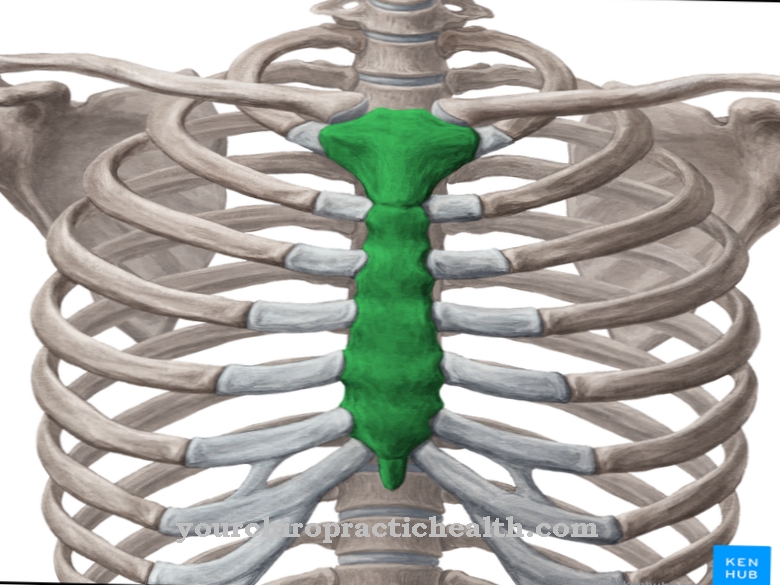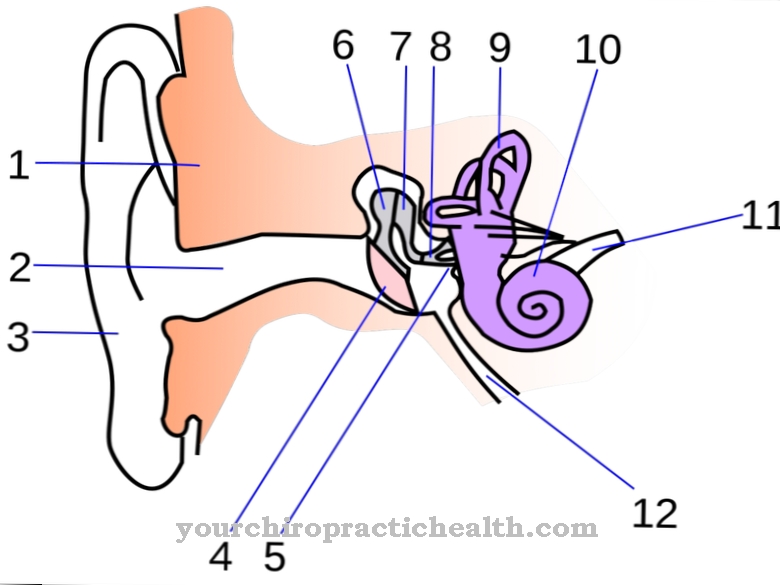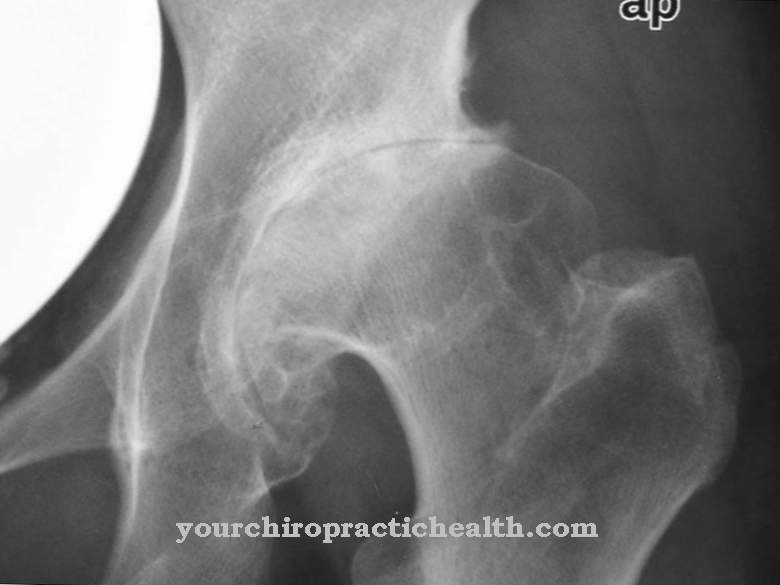What is a cell?
Some organisms such as bacteria only consist of a single cell and are therefore referred to as single cells. Higher organisms are made up of a large number of cells and are called multicellular cells. Humans consist of around ten trillion cells that specialize in different tasks and differ in size and shape depending on the type of cell.
For example, there are long, thin nerve cells, spherical red blood cells and round fat cells. At 110 to 140 micrometers, the egg cell is the largest human cell. All cells have in common that they contain the complete genetic information in the form of DNA (deoxyribonucleic acid), can gain and use energy and are able to multiply through cell division. Cells can assemble into tissue associations. Four main tissue groups are made up of the more than 200 different types of cells in humans: epithelial tissue, muscle tissue, connective tissue and nerve tissue.
Anatomy & structure
Human cells are surrounded on the outside by the cell membrane. In contrast to plant cells, they do not have a cell wall. The size of the cells is not related to the size of an organism. Larger organisms simply consist of a higher number of cells. The cytoplasm is located within the cell membrane.
Various so-called organelles are located in the cytoplasm. These include the cell nucleus, the mitochondria, the endoplasmic reticulum, the Golgi apparatus, the lysosomes and peroxisomes. The organelles specialize in different tasks. The cell nucleus contains the genetic information in the form of DNA and in humans is separated from the cytoplasm by a nuclear envelope.
Part of the DNA is also located in the mitochondria. With the endoplasmic reticulum (ER), a distinction is made between the rough and the smooth ER. There are ribosomes on the rough ER that are missing on the smooth ER. Other cell components include the cytoskeleton, the RNA (ribonucleic acid) and the centrioles. The extracellular matrix is located between the individual cells outside the cell membrane.
Function & tasks
The cell membrane serves to separate the cell from its surroundings and to protect it. It is used to control which substances get into the cell and which get out. It can communicate with neighboring cells via proteins contained in the cell membrane. The cytoskeleton is responsible for the elasticity and stability of the cell. It enables both active movements of the cell and movements within the cell. The ribosomes are the place in the cell where proteins are synthesized with the help of specific RNA.
The Golgi apparatus forms various secretions and is involved in the metabolism of the cell. The lysosomes represent the digestive system of the cell. They contain numerous enzymes with which they can break down foreign and cellular substances. The peroxisomes are used for detoxification. They can utilize oxygen, bind free radicals and can break down various metabolic products.
The centrioles are necessary for cell division and thus for cells to multiply. Since every cell can gain and use energy as well as multiply, every cell is able to survive on its own. However, some specialized cells have lost this ability. Depending on their specialization, the cells have different tasks. The specialized cells originate from so-called stem cells.
Stem cells are general cells in the body that can both multiply by dividing into new stem cells and develop into specific cell types. When a cell specializes, certain genes are inactivated and others are activated. This leads to the formation of the proteins that are specifically required in a certain cell type. As a result, a liver cell, for example, is chemically and structurally different from a nerve cell, although both contain the same genetic information.
Illnesses & ailments
Cancer is a common disease of cells. In cancer, the gene-regulated balance between cell division and cell death (so-called apoptosis) is disturbed. This leads to uncontrolled growth of cells and tumors. Nerve cells in the brain die in various neurodegenerative diseases. This can depend on age, as in the case of dementia or Parkinson's disease.
However, the age-related loss of cells and their functions is normal to a certain extent and is usually well tolerated by the body. Only when an above-average number of cells die off does disease appear. Other neurodegenerative diseases occur regardless of age, such as amyotrophic lateral sclerosis (ALS), Huntington's disease or Creutzfeldt-Jakob disease.
In allergic reactions there is an overreaction of specialized cells of the immune system. In the event of an allergy, these fight a substance that is harmless to the body, which leads to the allergic symptoms. A very rare cell disease is hereditary I-cell disease, which is also known as mucolipidosis II. It is a lysosomal storage disease in which one of the enzymes normally found in the lysosomes cannot be transported here due to a genetic defect.
With mastocytosis or the so-called Czernin disease, there is a strong increase in mast cells. This can affect the skin or internal organs. Symptoms are triggered by substances released by the mast cells, primarily histamine.












.jpg)



.jpg)










.jpg)
